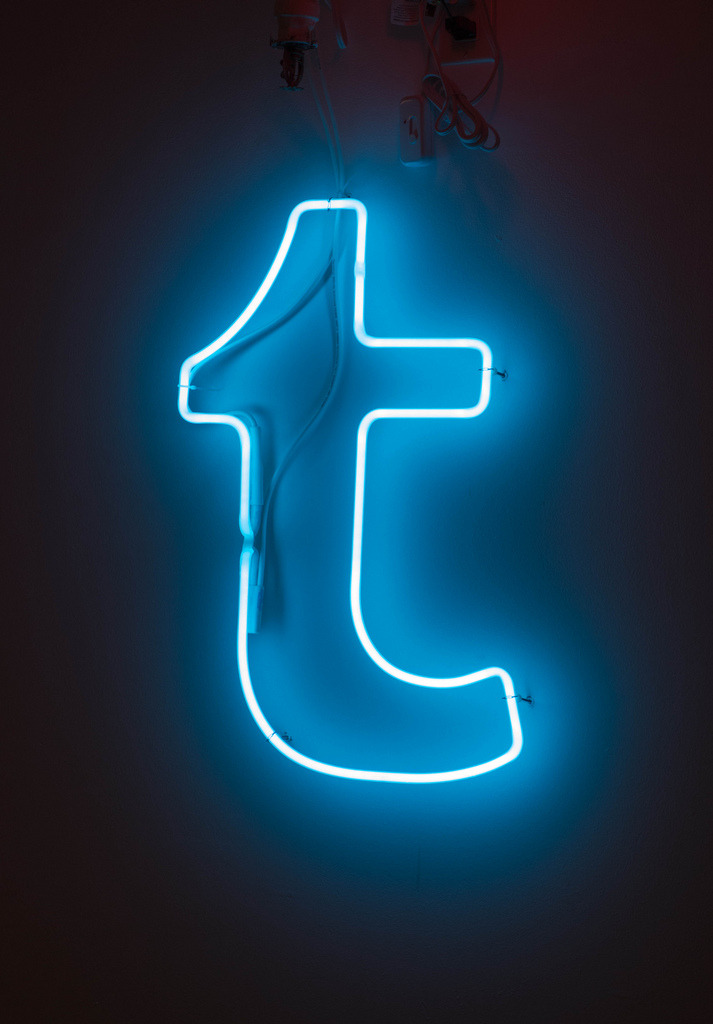Tennis
elbow may have derived its name from the popular lawn sport, but it's
actually a misnomer because most people who suffer from it don't play
tennis. By definition, tennis elbow is pain or soreness of the
lateral side (the outer side) of an elbow that may extend down to the
forearm and the back of the hand. Its symptoms include weakening of
the grip, swelling and tenderness of muscles, tendons, and/or bony
structures on the outside of the elbow, and pain in the elbow/arm
area.
Tennis
elbow is often the result of repetitive activities such as
continuously extending the wrist or twisting the forearm to a “palm
up” position. Plumbers, painters, cooks, butchers, and construction
workers are just some of the people who often suffer from this
condition. In sports, athletes who suffer from it are usually
involved in a sport that requires them to grip something for long
periods, such as a racket or a stick.
If
it's your first time to experience tennis elbow, wait no longer than
a month to have it seen by a medical professional. If you've had it
before, seek medical help if conservative home treatments don't offer
any improvement within four to eight weeks. Conservative home
treatments for tennis elbow include ice or heat compression, and
massage.

